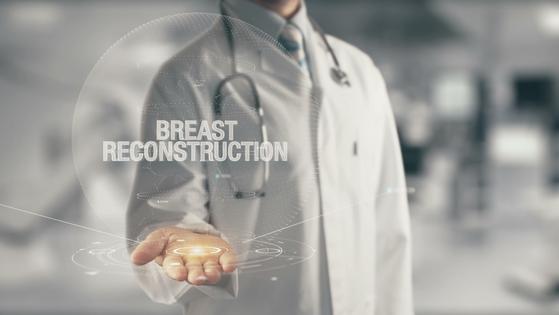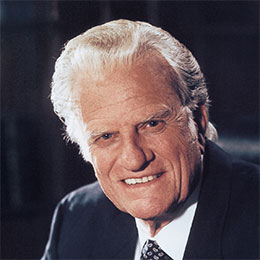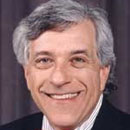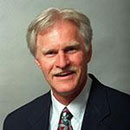Mayo Clinic Q&A: Options for breast reconstruction
Published in Women
DEAR MAYO CLINIC: My sister was just diagnosed with breast cancer and will have a double mastectomy. What types of reconstruction could she have, and when can the reconstruction be done? Are there any new reconstruction options that she should be aware of? I’ve heard about 3D tattooing. Is that an option?
ANSWER: Breast reconstruction is a procedure that restores the shape of your breast after mastectomy, which is an operation that removes your breast to treat or prevent breast cancer.
Breast reconstruction can be performed with either an implant — silicone devices filled with silicone gel or saline — or a patient’s own tissue. Most people who undergo mastectomy tend to choose implant-based breast reconstruction, with a smaller portion opting for flap, or autologous, reconstruction. Breast reconstruction with flap surgery involves taking a section of tissue — skin, fat and occasionally muscle — from one area of your body, most often your abdomen, and relocating it to create a new breast mound.
Each method has its benefits and drawbacks. For example, implant-based breast reconstruction involves a shorter operation and recovery, whereas flap surgery is a longer, more complex operation with a longer recovery time. Also, implants are temporary and will require removal or replacement on average every 10 years. With flap surgery, typically, no further operations are necessary.
Breast reconstruction starts at the time of mastectomy. A team of breast oncologic and plastic surgeons working together to devise the appropriate plan for your needs is essential.
Depending on the location of the tumor and the patient’s breast size, they may be a candidate for a nipple-sparing mastectomy, which allows for a more natural reconstruction appearance. A nipple-sparing mastectomy involves the removal of the breast tissue, but spares the skin, nipple and areola, also called the nipple-areolar complex.
If the tumor is abutting the nipple-areolar complex, the patient will need surgical removal of the nipple. Nipple reconstruction can be done with a 3D nipple-areola tattoo with or without the creation of a raised area of skin to reconstruct a raised nipple. 3D nipple tattooing is highly encouraged for all patients who have required surgical excision of the nipple-areolar complex. Data shows patients are more satisfied with reconstruction and can move forward from their cancer journey when reconstruction of the nipple is performed.
In the past, breast reconstruction would not provide the same sensations as before mastectomy. However, breast resensation is the new frontier within breast reconstruction. This is a new technique of breast nerve repair during breast reconstruction that can potentially restore feeling after a mastectomy. This can be done in one of two ways.
First, suppose the patient is a candidate for nipple-sparing mastectomy and is approximately a C cup or less at the time of mastectomy. In that case, we can identify the nerves on the lateral chest and bridge the gap beneath the nipple-areolar complex with a nerve graft. The nerve will then regenerate through the graft, providing sensation to the nipple-areolar complex. While this can take up to two years, it should restore light touch to the breast and nipple-areolar complex, but it will not fully return premastectomy breast sensation.
The second approach is pursued if the patient is undergoing flap surgery. We can identify a nerve on the tissue from the abdomen and connect that via nerve graft to a nerve in the chest. This can be an option for patients who have already had a mastectomy — and possibly implant-based breast reconstruction — and desire more sensation.
Breast reconstruction is an excellent option for many patients. It can give you a breast contour, provide symmetry to your breasts under clothing and help you avoid the need for an external prosthesis inside your bra. Many patients find that their self-esteem and body image improve after reconstruction, and it helps to erase physical reminders of their cancer journey. However, before breast reconstruction surgery, consult a plastic surgeon who is board-certified and experienced in breast reconstruction following mastectomy. — Christin Harless, M.D., Plastic Surgery, Mayo Clinic, Rochester, Minnesota
(Mayo Clinic Q & A is an educational resource and doesn’t replace regular medical care. This Mayo Clinic Q&A represents inquiries this healthcare expert has received from patients. For more information, visit www.mayoclinic.org.)
©2025 Mayo Foundation for Medical Education and Research. All Rights Reserved. Distributed by Tribune Content Agency, LLC.
























Comments